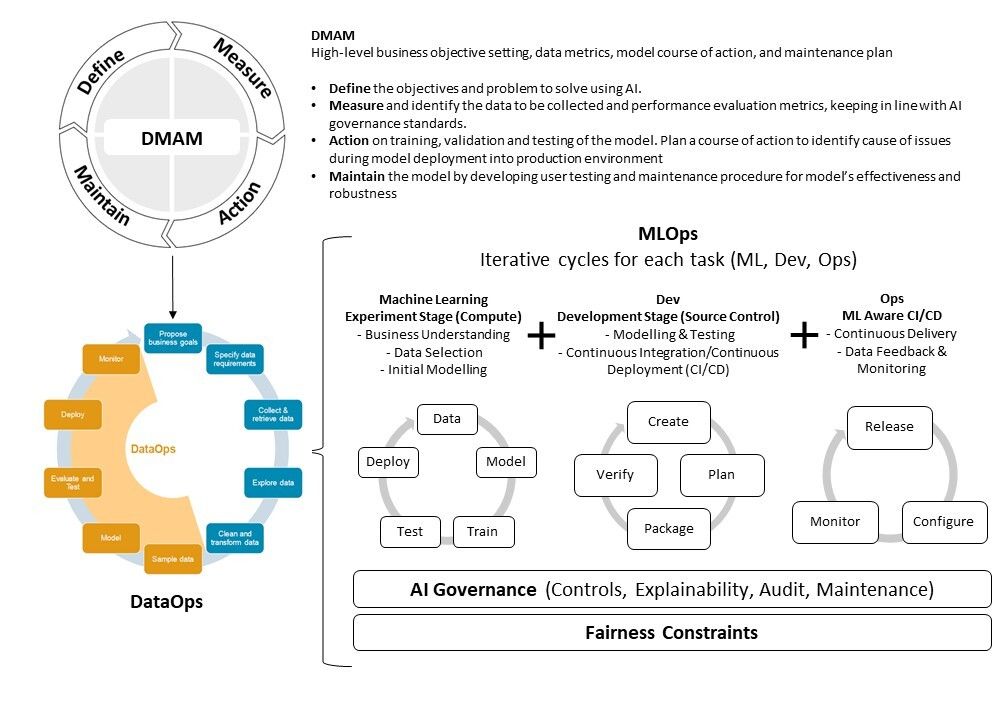Today’s artificial intelligence (AI) and machine learning (ML) will require a different approach in management, combining both technical assessment and team management. This approach must manage the difference between experimentation, which is usually small in scale, and production, which focuses on scalability. We can look to development operations (DevOps) or data operations (DataOps) for AI/ML projects, like how DevOps manages software engineering and how DataOps manage data analytics projects. This leads to the understanding of DataOps and to the evolution of today's ML Operations (MLOps).
This report is Part 2 of a 2-part series in MLOps. In Part 1, we proposed a model for combining the business with the technical process of MLOps and concluded with recommendations to push innovation to production, with an awareness of governance and culture. In Part 2 of this report, we will look at niche technology vendors that have developed end-to-end solutions for the MLOps development and deployment pipeline. We will feature five companies that are from different countries of operations, yet are inexplicably linked in their goal of automating, monitoring, managing, and governing the AI/ML models production pipeline. We will also continue the discussion on open source platform for MLOps, which further extend the open source offerings discussed in Part 1.
We conclude with a perspective and recommendations when implementing an MLOps strategy, providing an estimated comparative analysis of modular selection, end-to-end solutions, and open source. Ultimately, this report aims to provide examples of MLOps that deliver AI/ML pipeline solutions that are accessible to the data science, IT Ops and auditing teams, democratizing AI/ML for the enterprise as a result.







